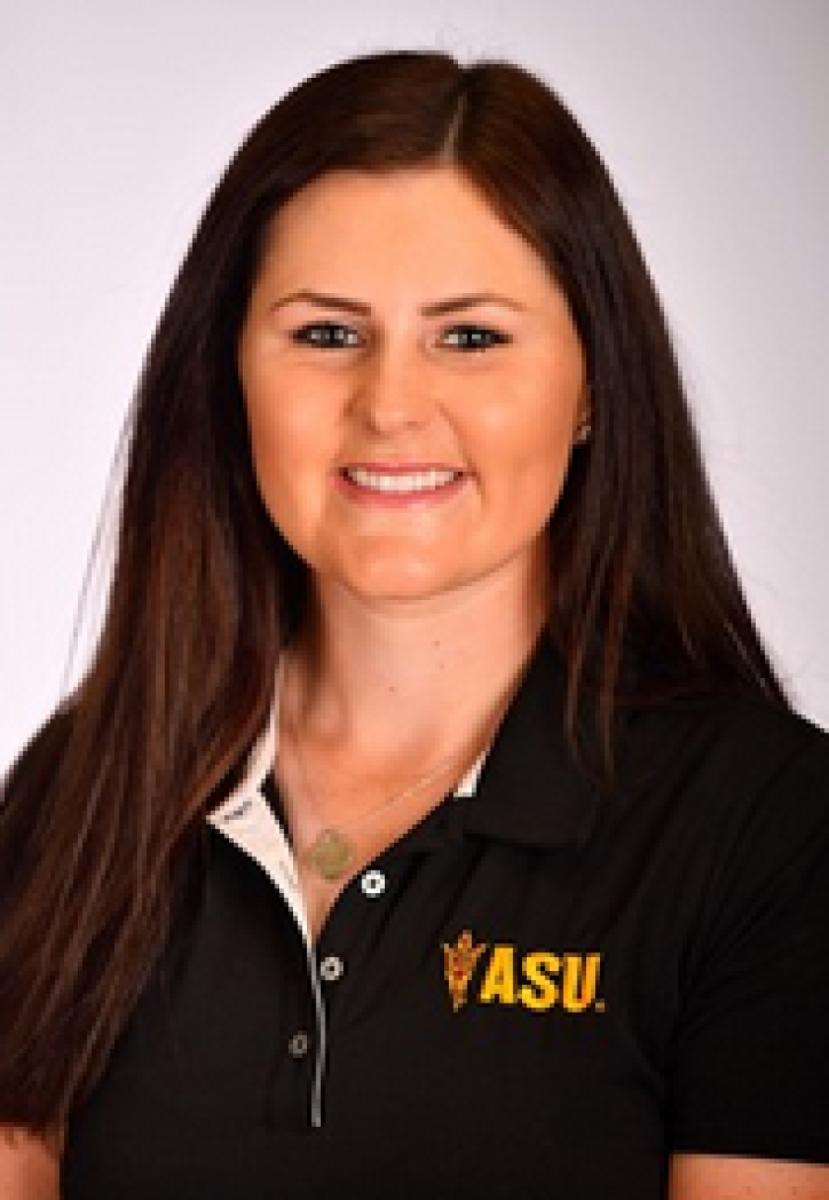Palmer Cup evolves with eye on tradition

For an amateur golfer, there isn’t a much higher honor than being selected to represent your country in a team event. It means donning the national colors – which might include some face paint – and being celebrated as one of the top players in the nation. A spot on a team for an event such as the Walker Cup, Curtis Cup or World Amateur Team Championship forges relationships and opens doors for players often on their way to a professional career.
Olivia Mehaffey knows all of that. Mehaffey, a 20-year-old from Belfast, Northern Ireland, will play for the International squad at the Arnold Palmer Cup, an annual team event to be contested Friday through Sunday at Evian Resort Golf Club in France. The Palmer Cup, pitting the top college players from the United States against their counterparts from around the world, will feature women for the first time this year.
Mehaffey is the kind of match-play juggernaut who is made for the Palmer Cup. She was part of the Arizona State squad that won a national title in 2017, and last month was the leading Great Britain and Ireland scorer in the Curtis Cup, a biennial competition matching the United States against Great Britain and Ireland. On a week when GB&I struggled against a stacked American squad, Mehaffey carried the torch. She played every match and was responsible for 2½ of GB&I’s three points.

COURTESY OF ARIZONA STATE
Northern Ireland’s Olivia Mehaffey brings match-play success from the NCAAs and Curtis Cup to this week’s Arnold Palmer Cup, which will include women for the first time.
The importance of events such as the Palmer Cup and Curtis Cup are not lost on her. When the U.S. completed its televised 17-3 rout of GB&I on June 10, the wind was visibly gone from Mehaffey’s sails. The Americans lead the series, 29-8-3. There’s always talk of expanding the GB&I squad to include all of continental Europe, but Mehaffey knows that would make it harder for players from the British and Irish isles to find a spot on the team.
“It’s hard. We’re smaller, obviously,” she said. “The Curtis Cup has such a good legacy, I think it would be a shame to come in and ruin that legacy.”
Ultimately, it also would affect the pipeline of GB&I players to the LPGA, which is a stronger tour than the Ladies European Tour. Mehaffey had no idea how she stacked up against international competition until she came to college in the United States “because the standard is so different over here,” she said. Mehaffey planned to stay only two years, but as she approaches her junior season, she wouldn’t give up her remaining eligibility for anything. There’s too much to learn.
“I would love for the younger girls to see how good the American players are,” she said. “I would love to see more girls come to college because it’s just such an amazing experience. Your game develops, you learn to live on American-style courses; it’s a great feeder for the LPGA.”
Among the 24 international players at the Palmer Cup (12 men and 12 women), Mehaffey is one of only three from Great Britain and Ireland (rosters; pairings). The matches debuted in 1997 and for the first six years featured a GB&I squad opposite the Americans. Europe was added in 2003 before the team expanded worldwide this year. Players from Canada, China, Costa Rica, Mexico, South Africa, South Korea, Thailand and New Zealand will strengthen the roster from GB&I and the rest of Europe. The men’s series has remained competitive, with the U.S. holding an 11-9-1 edge after the home team has won each of the past seven matches.
The expanded format works for the Palmer Cup, but it doesn’t mean that other historic team events should rush to change or expand. For one thing, the Palmer Cup showcases players who already are enrolled in college, so casting a wider net for team selection helped open the door for more players who could benefit from the team experience and the recognition that comes with the matches. It’s a relatively young event still finding its footing.
The Palmer Cup is unique in its format. It assembles a variety of players from different countries and even universities. The process for team selection calls from one player from a non-Division I team to be selected to each squad. The addition of women allows for mixed foursomes and four-ball matches. It will be a nice change of pace.
Tradition is not the only thing to make something good, but an historic event can be ruined by a disregard for that history. The level of competition is not the only way to measure quality. The Palmer Cup will feature both.
Julie Williams is a former college golfer and Golfweek writer who teaches eighth-grade English and coaches a high school girls golf team in Cocoa Beach, Fla. Email: hello@beyondthesundaydriver.com; Twitter: @BTSD_Jules
